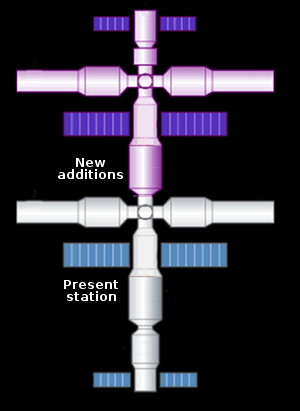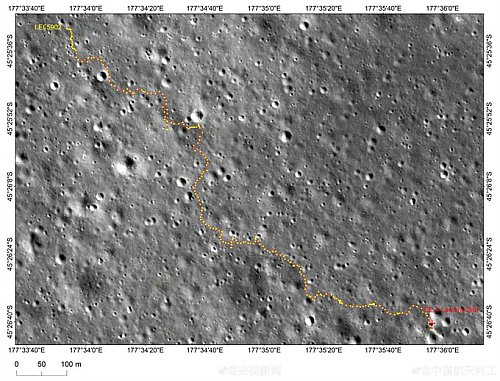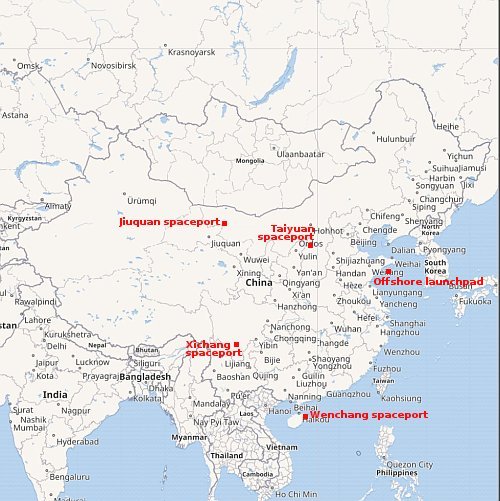China launches new three-man crew to its Tiangong-3 space station
The new colonial movement: China today successfully used its Long March 2F rocket to place a Shenzhou manned capsule into orbit, carrying a new three-man crew to its Tiangong-3 space station and lifting off from its Jiuquan spaceport in northwest China.
Though relatively little specific information about the crew’s mission has been revealed, it is expected they will do a six month mission, as have previous crews, and conduct spacewalks and maintenance on the station. Meanwhile, the present crew on board will spend about a week transferring duties to the new crew, and then return to Earth after completing its own six-month mission.
No word on where the Long March 2F first stage and its four side boosters crashed in the interior of China, all of which use toxic hypergolic fuels.
The leaders in the 2023 launch race:
76 SpaceX
48 China
13 Russia
7 Rocket Lab
7 India
American private enterprise still leads China 88 to 48 in successful launches, and the entire world combined 88 to 76. SpaceX by itself is now tied at 76 with the rest of the world (excluding American companies).
The new colonial movement: China today successfully used its Long March 2F rocket to place a Shenzhou manned capsule into orbit, carrying a new three-man crew to its Tiangong-3 space station and lifting off from its Jiuquan spaceport in northwest China.
Though relatively little specific information about the crew’s mission has been revealed, it is expected they will do a six month mission, as have previous crews, and conduct spacewalks and maintenance on the station. Meanwhile, the present crew on board will spend about a week transferring duties to the new crew, and then return to Earth after completing its own six-month mission.
No word on where the Long March 2F first stage and its four side boosters crashed in the interior of China, all of which use toxic hypergolic fuels.
The leaders in the 2023 launch race:
76 SpaceX
48 China
13 Russia
7 Rocket Lab
7 India
American private enterprise still leads China 88 to 48 in successful launches, and the entire world combined 88 to 76. SpaceX by itself is now tied at 76 with the rest of the world (excluding American companies).





